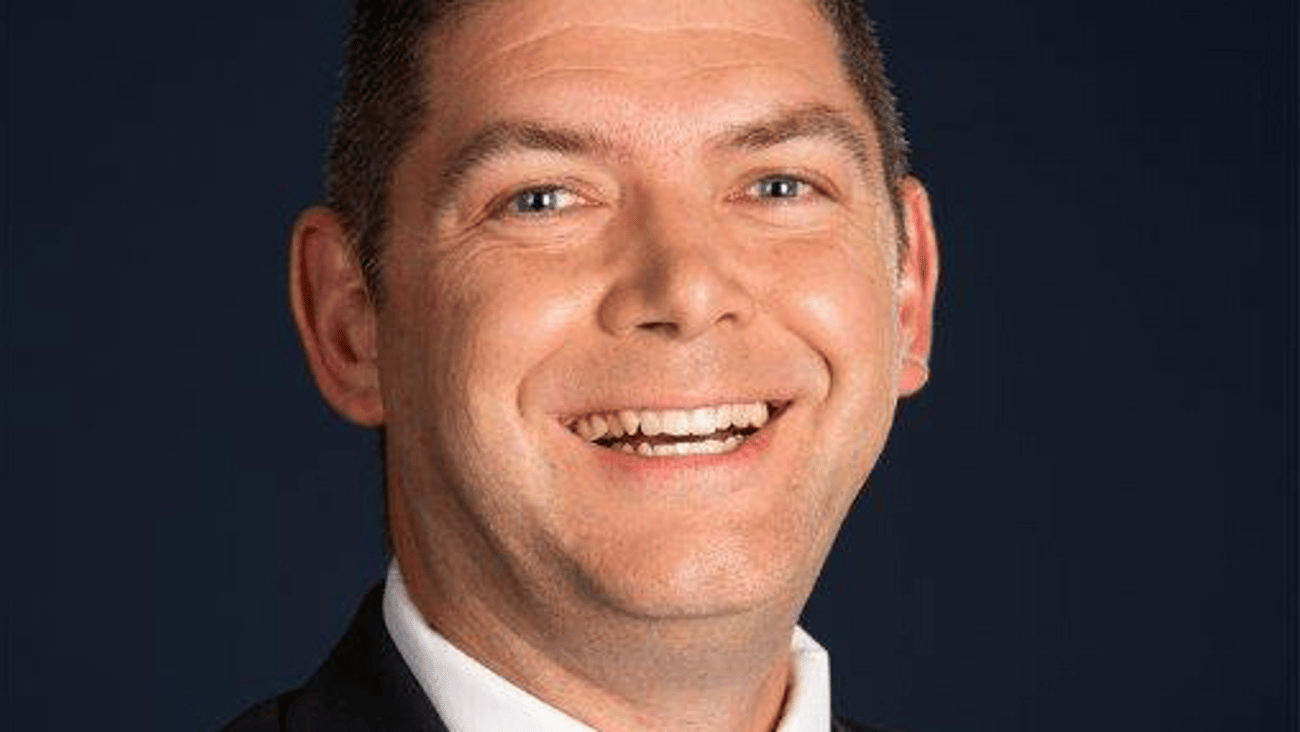The hope of healthcare – strategies for navigating risk, part 2
In this article, we will consider some additional strategies to consider as part of your risk management plan.
Again, this is by no means a comprehensive list but is intended to stimulate your thinking. Feel free to use, reject or adapt any of these strategies as you see fit.
With that mind, let's continue our list:
Scenario planning
What better way to handle risk than to practise what you would do in a risky, high-pressure situation?
When we were training pharmacists to provide immunizations, part of the training was what to do in the case of an allergic reaction. The executives in the company knew immunization services were an appropriate next step in services to offer our customers, but there was still concern about “What if something bad happens.” How do we handle this risk?
One of the things we would do as the program matured was to standardize the training. We went from using independent trainers for CPR certification to standardized training that our pharmacist trainers administered themselves. This raised the bar on level of training that each of our 12,000 pharmacists received. Additionally, we knew two things:
- The need to provide CPR should be pretty low.
- What you don’t use, you lose.
We knew the training would need to be reinforced. So, we had emergency kits made up and checked on a monthly basis to make sure we were prepared. We also recommended reviewing emergency procedures with the pharmacy team on a regular basis to keep sharp on what would need to done.
In the first two years, we had a small handful of instances where CPR needed to be provided to customers in the store. In each of those situations, the need was not associated with providing immunizations services. So, while we prepared for one situation, we actually found our preparation was used in completely different situations within the store.
Regulatory compliance
In pharmacy, we have lots of regulations to deal with and keep track of. There are huge risks if you do not comply with regulatory requirements. Having a process to make sure you are reviewing and maintaining your required activities on a regular basis (weekly/monthly/quarterly) is a great way to keep up.
However, we all know that regulations change. It is also a good idea to have a mechanism to keep with regulations that may soon be implemented. During the pandemic, regulations and recommendations seemed to change on an almost daily basis. It was challenging to keep up with. Other regulations have a much longer runway.
Early in my career my boss called me to let me know he would be visiting my store with his boss, the regional vice president, later that day. That was all fine and dandy. I was looking forward to meeting the VP. When they showed up that afternoon, the VP asked me what I thought of the new privacy regulations that would soon be going into effect. At that time, I had no idea there were any new privacy regulations coming. I was completely oblivious. That day still serves as a reminder to me to keep up with the ever-changing landscape of regulations.
Proactivity
I know this one is so much easier to say than do. Often times there is a battle just to keep up with all of the various issues we face on a daily basis, much less to invest time in risk reduction strategies.
I also know this: It is easier to keep up than to catch up.
On this topic, I will reiterate a point from a couple articles ago. Take a partner. Find others to navigate the subject of risk management with you.
It has been a couple of months since I began writing the first article in this “Hope of Healthcare” series. In that time, the challenges facing healthcare globally seem to have only increased. With the increasing challenges comes a corresponding increase in opportunities. Time and again, pharmacists have shown themselves to be up to the task. Allow me to make this personal: Time and again, YOU, my dear friends, have shown yourselves to be up to the challenge.
What lies ahead is not without risk. Being able to manage risk is a key skill to develop and leverage as we move forward.
Until next time
Jesse McCullough, PharmD
Connect with Jesse on LinkedIn



